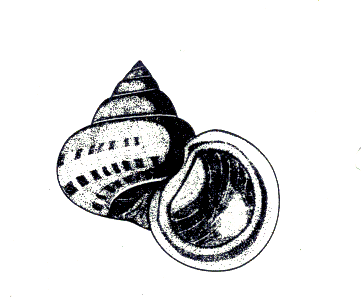
Fig 5-1a Acroptychia aequivoca
DESCRIPTION OF LAND SNAIL SPECIES
The following snail descriptions are intended to confirm the identification made using the keys. The description should fit your specimen. If it doesn’t, look more closely at the specimen and try the key again. The species name is followed by the name of the scientist and the date the description was published. A name and date in parentheses indicates that the original name was in a different genus.
There are two major subclasses of land snails. These are the Prosobranchia and the Pulmonata. They are easy to tell apart as you will see in a minute.
The land snail fauna of Madagascar is remarkable in the large size of the species and their endemism. The fauna of Ranomafana is:
Subclass Prosobranchia (Operculates)
The Prosobranchia only have a single set of tentacles, the eye is located at the base of the tentacle, there is a door called an operculum which can seal the animal within the shell, they breathe by gills, and the sexes are in separate animals (bisexual). The Prosobranchia are often referred to as Operculates. In general, operculate land snails have a round aperture and solid shells, frequently with spiral ridges.
This family occurs in the tropical parts of southeastern Asia, India, Madagascar, and Africa. There are seven genera in Madagascar but only two are in the park.
Acroptychia aequivoca (Pfeiffer, 1857)
Size: 10-30 mm
Description: Shell is helicoid with a reflected lip and wide umbilicus. The
shell is encircled with three obscure red-brown bands. The aperture is circular
and the inner lip is blood-red, outer lip reflected.
Whorls: 5˝.
Animal:
Distribution: Found at Ekongo and the south, east, and northeast of Madagascar.
Observations: In eastern forests with a large altitude range from the coast
to the central highlands.
Etymology:

Fig 5-1a Acroptychia aequivoca
Hainesia crocea (Sowerby, 1847)
Size: 30+ mm
Description: Shell is conical with a reflected lip and perforate. There is a
radial color pattern.
Whorls: 7-8
Animal:
Distribution: Southern Madagascar
Observations: The living and fossil specimens are in the southern coastal region.
Etymology: “crocea” means saffron or yellow.
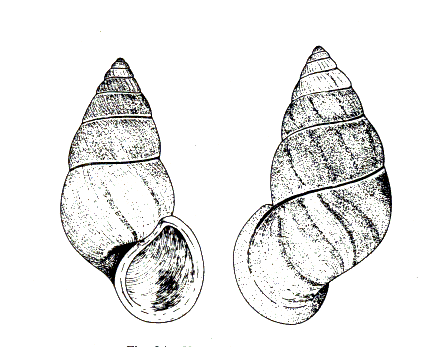
Fig 5-2a Hainesia crocea
In contrast with Africa having a paucity of operculate land snails, Madagascar has two genera and an abundance of species.
The genus Tropidophora is “almost” an endemic. It also occurs in the Comors, Seychelles, and southeastern Africa. The genus has 96 species of which 95 or 99% are endemic to Madagascar. The following taxa may be found at Ranomafana.
Tropidophora perinetensis Fischer-Piette & Bedoucha, 1965
Size: Height 18 and width 17 mm.
Description: Shell is helicoidal with a refexed lip and perforate. The shell
has multiple spiral ribs above and below the periphery.
Whorls: 5
Animal:
Distribution: Species of the dense eastern humid forest of average altitude.
Observations:
Etymology: Named for the type locality of Perinet northeast of Antananarivo.
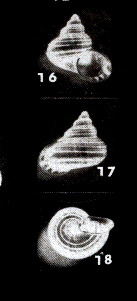
Fig 5-3a Tropidophera perinetensis
Tropidophora semidecussata var. semidecussata (Pfeiffer, 1847)
Size: 10-30 mm.
Description: Shell has single spiral band just below the periphery. Shell is
smooth and without sculpture.
Whorls: 6
Animal:
Distribution:
Observations:
Etymology:

Fig 5-4a Tropidophera semidecussata semidecussata
Tropidophora semidecussata var. aplustre (Sowerby, 1849)
Size: Height 20-27 and width 23-31 mm.
Description: Shell is helicoidal with a reflected lip and wide umbilicus. There
are multi equal weighted spiral bands above and below the periphery.
Whorls: 6
Animal:
Distribution:
Observations: Differs from T. s. s. by the number of spiral bands.
Etymology: “aplustre” has reference to the stern of a ship.
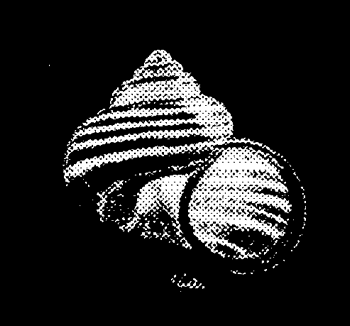
Fig 5-5a Tropidophora semidecussata aplustre
Tropidophora semidecussata var. macareae (Petit, 1853)
Size: Height 19 and width 30 mm.
Description: Shell is depressed with a reflected lip and wide umbilicus. Shell
has more than 1 spiral bands.
Whorls: 6
Animal:
Distribution:
Observations:
Etymology: Probably named for a person.
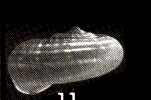
Fig 5-6a Tropidophora semidecussata macareae
Tropidophora semidecussata var. paulucciae (Crosse & Fischer, 1882)
Size: Height 13 and width 20.5 mm.
Description: Shell depressed with a reflected lip and wide umbilicus. There
are multi spiral bands above and below the periphery. The peripheral band is
darker. The lip is reflected and the shell is wide umbilicate.
Whorls: 6
Animal:
Distribution:
Observations:
Etymology: Probably named for a person.
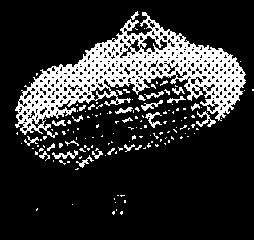
Fig 5-7a Tropidophora semidecussata paulucciae
Tropidophora semidecussata var. pauluccioides Fischer-Piette & Blanc & Blanc & Salvat, 1993
Size: Height 22 and width 33 mm.
Description: Shell is depressed with a reflected lip and wide umbilicus.
Whorls: 6
Animal:
Distribution:
Observations: It is distinguished from paulucciae by the more expanded
outer lip. The specimens of this subspecies are larger than paulucciae.
Etymology: Probably named for a person.
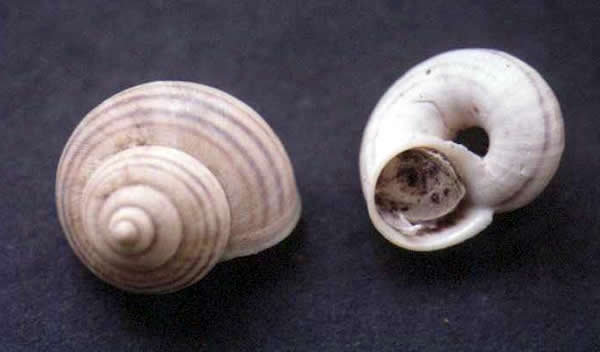
Fig 5-8a Tropidophora semidecussata pauluccoides
Tropidophora semidecussata var. volvuloides (Sowerby, 1850)
Size: 10-30 mm.
Description: Shell is helicoid with a reflected lip and wide umbilicus. Shell
has single spiral band and spiral ridges.
Whorls: 6
Animal:
Distribution:
Observations:
Etymology:
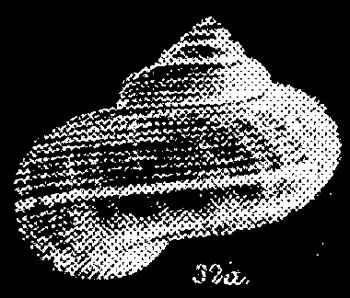
Fig 5-9a Tropidophora semidecussata volvuloides
Tropidophora tricarinata var. bicarinata (Sowerby, 1843)
Size: Height 35 and width 76 mm.
Description: Shell is depressed with a reflected lip and umbilicate. There are
many spiral bands with a darker one on the periphery and another above the periphery
(these are sometimes raised).
Whorls:
Animal:
Distribution: Found at RNP.
Observations:
Etymology: The name means “two keeled” in referenced to the periphery of the
shell.
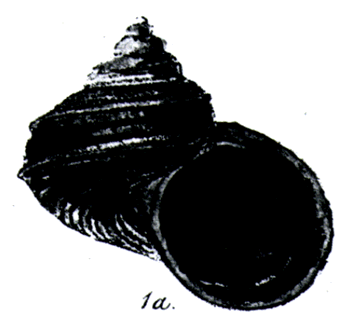
Fig 5-10a Tropidophora tricarinata bicarinata
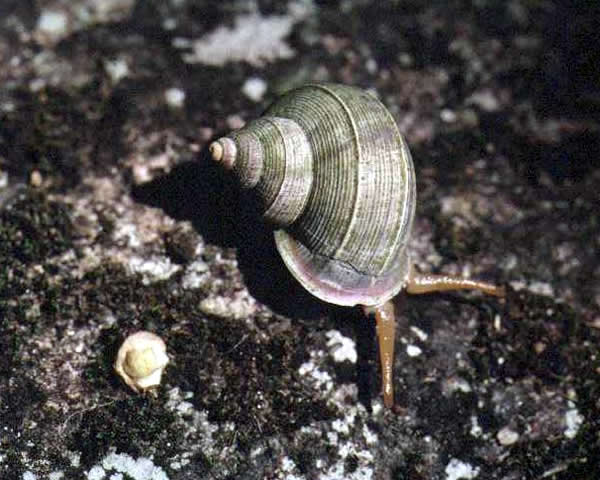
Fig 5-10b Tropidophora tricarinata bicarinata
The Pulmonates have two sets of tentacles, the eyes are at the tip of the upper pair, there is no operculum, they breathe by lungs, and both sexes are present in each individual (hermaphrodites).
The Subulinidae are a family of elongate snails which is widespread throughout most tropical and warm temperate regions. The animal is usually pale-colored.
Curvella poutiersi Fischer-Piette & Blanc & Blanc & Salvat, 1994
Size: Height 12.2 and width 3.2 mm.
Description: Shell is conical with a straight lip. The columella is not truncated.
Radial ribs are present.
Whorls: 9
Animal:
Distribution:
Observations: In dense eastern primary and secondary forests. Loves shade.
Etymology: Probably named for a person.
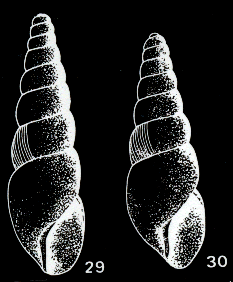
Fig 5-11a Curvella poutiersi
Lamellaxis gracilis (Hutton, 1834)
Size: Height 10 and width 3 mm.
Description: Shell is transparent or pale colored conical with a straight lip.
The columella is not truncated.
Whorls: 12.
Animal:
Distribution: Everywhere in tropics.
Observations: Native to India but has been introduced everywhere in the tropics.
Etymology: “gracilis” means slender or thin.
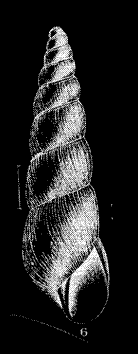
Fig 5-12a Lamellaxis gracilis
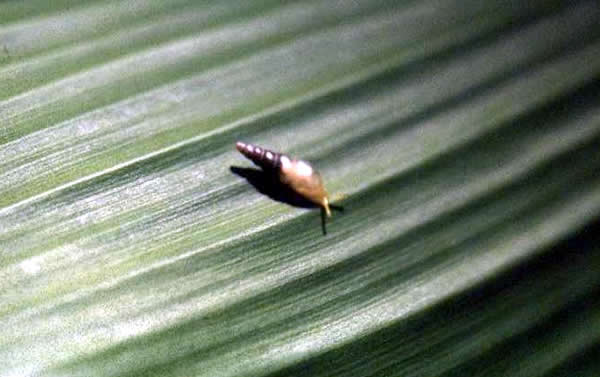
Fig 5-12b Lamellaxis gracilis
Subulina mamillata (Craven, 1880)
Size: Height 19-21 and width 4.5 mm.
Description: Shell is conical with a straight lip. The columella is not truncated
and the shell surface has small projections.
Whorls: 11
Animal:
Distribution: Widespread except in the south. Similar distribution to S.
octona.
Observations:
Etymology: Named mamillata because of the small projections on the shell surface.

Fig 5-13a Subulina mamiliata
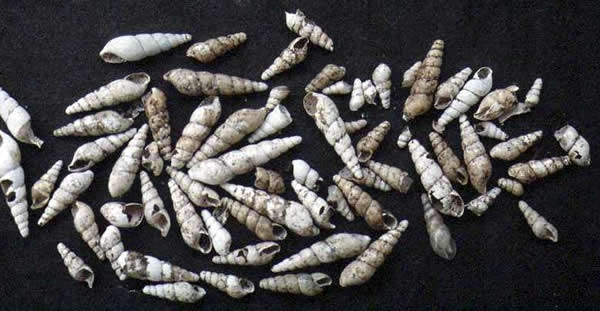
Fig 5-13b Subulina mamiliata
Subulina octona (Bouguiere, 1792)
Size: Height 19 and with 5 mm.
Description: Shell is conical, thin, translucent with a yellowish cast. Very
glossy and with a straight lip and a truncated columella.
Whorls: 9.
Animal: Yellow
Distribution: Native to Caribbean but has been introduced worldwide in the tropics.
Found at RNP.
Observations: Commonly found under wood near human habitation. “Reproduction
begins before the shell has attained two-thirds its maximum size, and usually
several eggs may be seen through the shell within the penultimate whorl. The
egg-capsules are hard-shelled, white and flattened, measuring 1.8 x 1.5 mm.”
[Pilsbry 1946, pg 174]
Etymology:
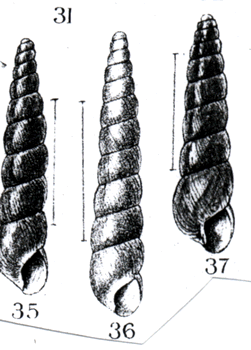
Fig 5-14a Subulina octona
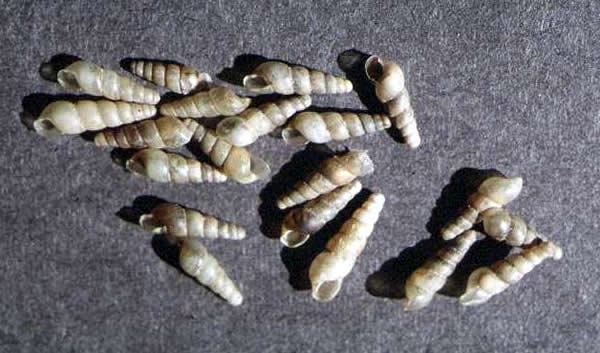
Fig 5-14b Subulina octona
This family which is so well represented in Africa is poorly represented in Madagascar. The genus Achatina has two introduced species one of which is at Ranomafana.
Achatina fulica (Bowdich, 1822)
Size: Height 94 to 123 and width 45 to 60 mm.
Description: Has a large bulimoid shell with a truncated columella and with
irregular brown and cream blotches and zig-zag stripes.
Whorls: Usually with 7 or 8 whorls.
Animal: Usually dark colored.
Distribution: Native to East Africa and introduced world wide in the tropics.
In many cases it was introduced as a food source but has become a great agricultural
pest. Found in RNP along highway.
Observations: Usually found near present or former human habitation.
Etymology: “fulica” means coot
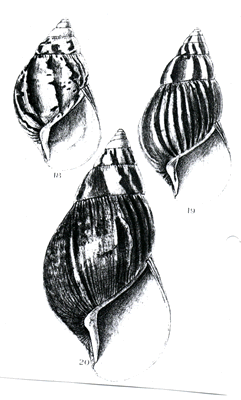
Fig 5-15a Achatina fulica
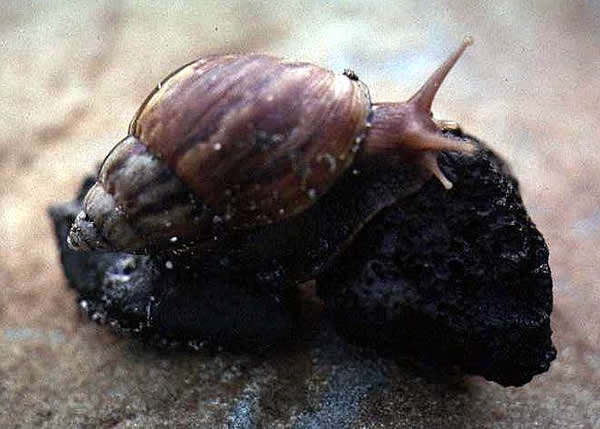
Fig 5-15b Achatina fulica
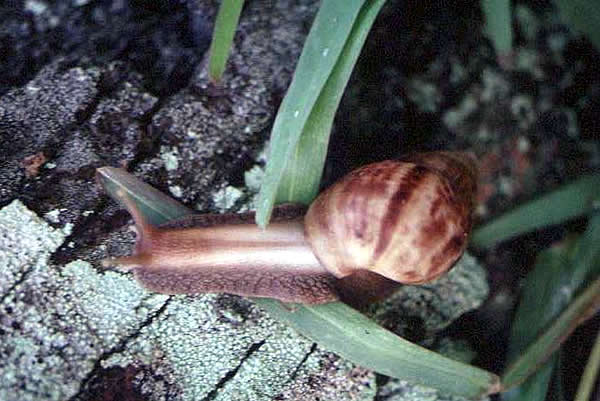
Fig 5-15c Achatina fulica
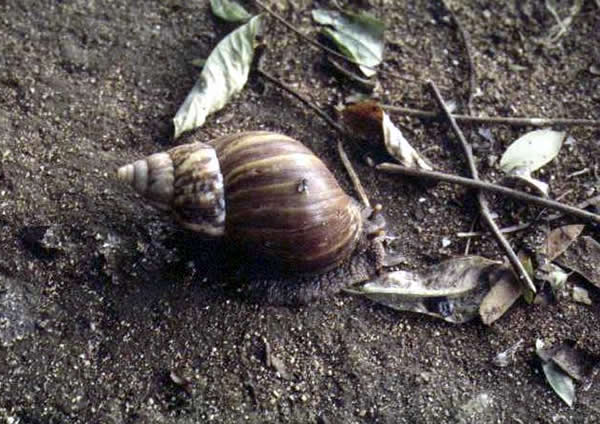
Fig 5-15d Achatina fulica
The Spiraxidae are a carnivorous family of tropical and subtropical America and the Mediterranean region. The shells are large, elongate, imperforate, and have a truncated columella. They insert themselve into the aperture of their prey.
Euglandina rosea (Ferussac, 1821)
Size: Height 76 and width 27.5 mm.
Description: Shell is fusiform with a straight lip and imperforate. The columella
is truncated and the pink or rose colored whorls have strong growth ridges.
Whorls: 6
Animal:
Distribution: Native to Florida but has been introduced in the tropics to “control”
the introduced Achatina fulica.
Observations: Euglandina is an active, aggressive predator of other
land snails.
Etymology: “rosea” means rosy because of the shell color.
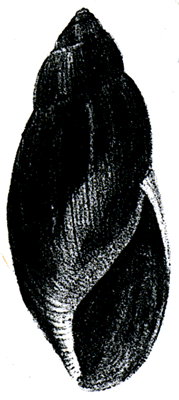
Fig 5-16a Euglandina rosea
Streptostele manumbensis (Emberton, 1994)
Size: Height 26.3 and width 7.2 mm.
Description: Shell is conical with a reflected lip and perforate. Growth lines
are present.
Whorls: Multi-whorled
Animal:
Distribution: Known only from type locality.
Observations:
Etymology: Named for Manombo village, home of the unidentified collector of
the species.
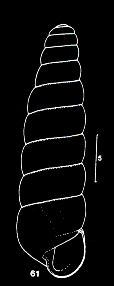
Fig 5-17a Streptostele manumbensis
A family of carnivorous snails that is widely distributed throughout the tropical and sub-tropical regions. They insert themselves into the aperture of their prey.
Edentulina ovoidea (Bruguiere, 1789)
Size: Height 31.5 and width 16 mm.
Description: Shell is bulimoid with a reflected lip.
Whorls: 7
Animal:
Distribution: Comores, Madagascar, and East Africa. Found at RNP in Vohiparara.
Observations: It is not known if it originally occurred in Madagascar or it
was introduced from Mayotte (Comoro Islands) to control (eat) the Achatina.
Etymology:
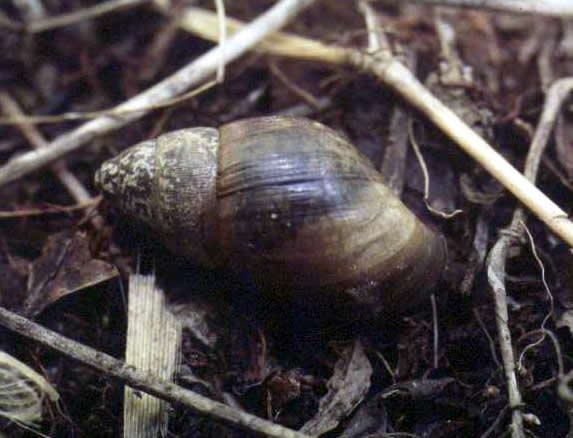
Fig 5-18a Edentulina ovoidea
This is a widespread tropical family with large shells. In Madagascar the family consists of 5 genera and many species. It includes the largest individuals to be found in Madagascar. The four genera in Ranomafana are Ampelita, Clavator, Helicophanta, and Leucotaenius.
Ampelita is an endemic genus with a large umbilicate shell and 67 species. The depressed shell and reflected aperture lip make the genus easy to recognize.
Ampelita duvalii (Saussaye, 1844)
Size: Height 22 and width 41 mm.
Description: Shell is depressed with reflected lip and wide umbilicate. Can
have one or two spiral bands.
Whorls: 8
Animal:
Distribution:
Observations: Widespread in many habitats – from dry to humid forests.
Etymology: Probably named for a person.
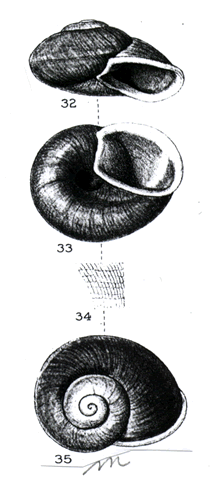
Fig 5-19a Ampelita duvalii
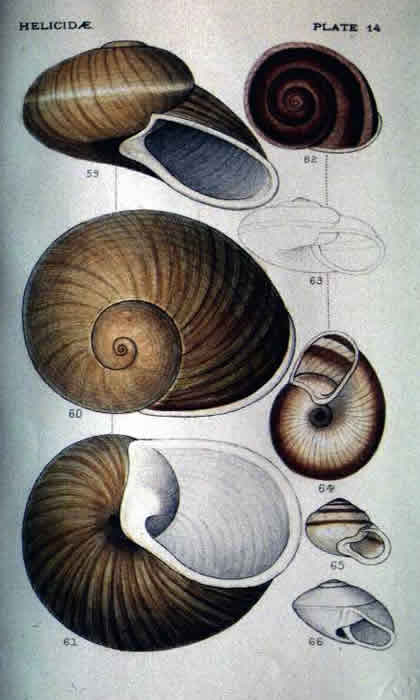
Fig 5-19b Ampelita duvalii
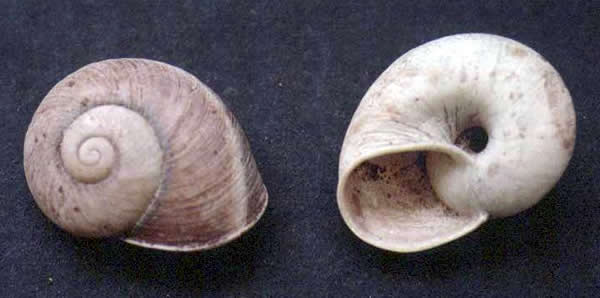
Fig 5-19c Ampelita duvalii
Ampelita percyana (Smith, 1880)
Size: Height 18 and width 31 mm.
Description: Shell is depressed with a reflected lip. Shell has both a spiral
and radial color pattern.
Whorls: 4.
Animal:
Distribution: Southeast Madagascar
Observations:
Etymology: Probably named for a person.
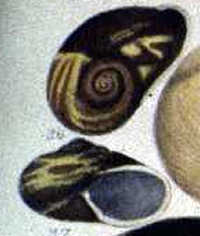
Fig 5-20a Ampelita percyana
Size: Height 12.9 and width 28.2 mm.
Description: Shell is depressed with a slightly reflected lip. Shell has spiral
grooves and an angular periphery outline.
Whorls: 4.1
Animal:
Distribution: Ambatolahy
Observations:
Etymology: Named for Ranomafana National Park adjacent to the type locality.
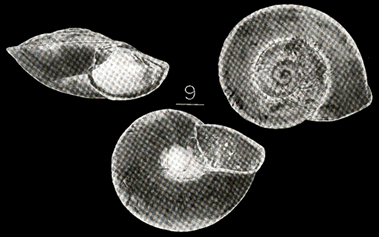
Fig 5-21a Ampelita ranomafana
Ampelita sepulcralis var. alba Fischer-Piette & Garreau, 1965
Size:
Description: Similar to A. souverniana souverbiana except either the
first three whorls are white or the last whorl is white.
Whorls: 4 ˝ - 5
Animal:
Distribution:
Observations:
Etymology: “alba” means white.
Fig - Never illustrated.
Ampelita sepulcralis var. lethifera (Crosse & Fischer, 1890)
Size:
Description: Shell is depressed with a reflected lip and wide umbilicus. Shell
has no color pattern but is unicolor black. The inside of the aperture isbluish-white.
Whorls: 4 ˝-5
Animal:
Distribution:
Observations:
Etymology:
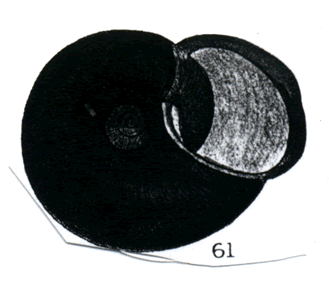
Fig 5-23a Ampelita sepulcralis lethifera
Ampelita sepulcralis var. olivacea (Pilsbry, 1890)
Size:
Description: Shell is depressed with a reflected lip and wide umbilicate. Shell
has two spiral bands.
Whorls: 4 ˝-5
Animal:
Distribution:
Observations:
Etymology: “olivacea” means of the olive or oily.
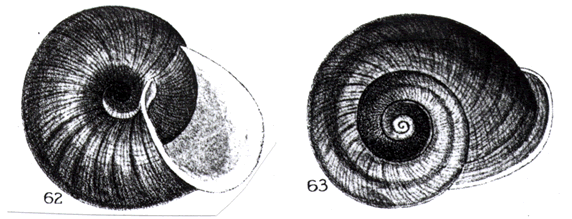
Fig 5-24a Ampelita sepulcralis olivacea
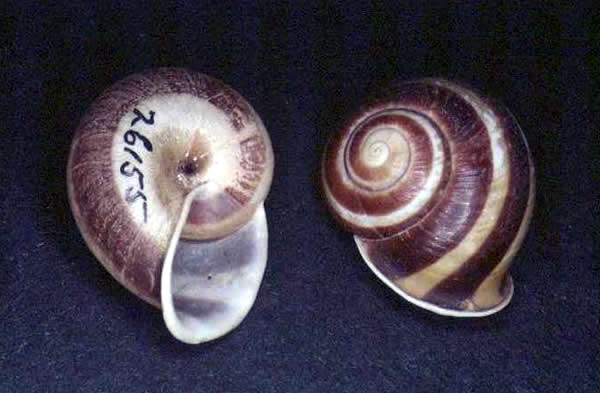
Fig 5-24b Ampelita sepulcralis olivacea
Ampelita sepulcralis var. sepulcralis (Ferussac, 1821)
Size: Height 20 to 23 and width 39 to 48 mm.
Description: Shell is depressed with a reflected lip and wide umbilicate. Shell
with single, multiple, or no spiral color bands.
Whorls: 4-5
Animal:
Distribution:
Observations:
Etymology: tomb, sepulchral
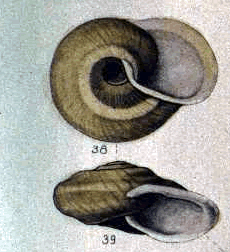
Fig 5-25a Ampelita sepulcralis sepulcralis
Ampelita watersi (Angas, 1877)
Size: Height 18 and width 41 mm.
Description: Shell is depressed with reflected lip and umbilicate. Shell has
radial color bands.
Whorls: 4 and rapidly increasing in size.
Animal: Dark foot.
Distribution: Southeast Madagascar; found at RNP.
Observations:
Etymology: Probably named for a person.
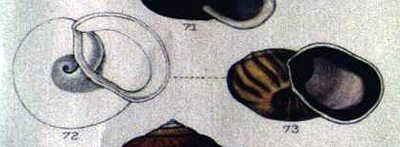
Fig 5-26a Ampelita watersi
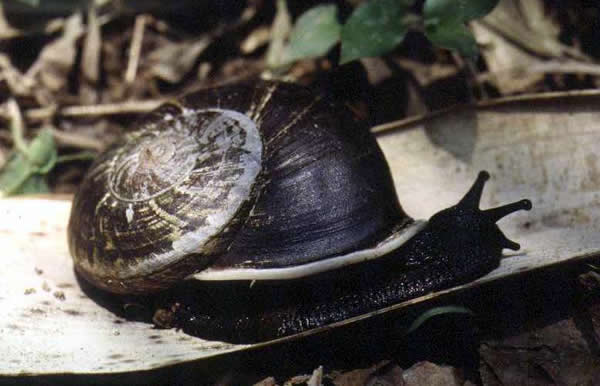
Fig 5-26b Ampelita watersi
Ampelita xystera (Valenciennes in Pfeiffer, 1841)
Size: Height 28 and width 57 to 63 mm.
Description: Shell depressed with reflected lip and wide umbilicate. Whorls
have single spiral band or none.
Whorls: 4
Animal:
Distribution:
Observations: In dense humid evergreen forests of low to middle altitudes.
Etymology: “Xyster” is Greek for scraper.
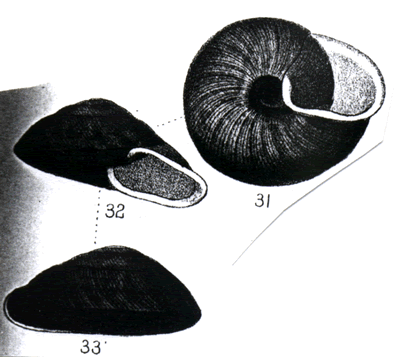
Fig 5-27a Ampelita xystera
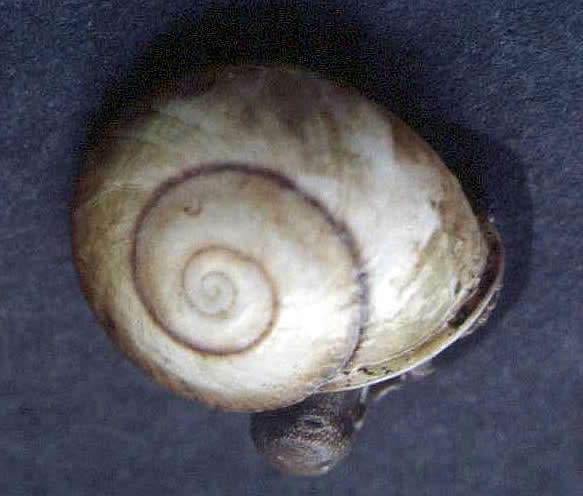
Fig 5-27b Ampelita xystera
The genus Clavator with 11 species has a large fusiform shell with a reflected lip. In Latin “clavator” means club-bearer.
Clavator eximius (Shuttleworth, 1852)
Size: Height 120 and width 40 mm.
Description: Shell is conical with a straight lip. Aperture is vertically elongated.
Whorls: 8
Animal:
Distribution: Found at RNP.
Observations: In dense humid forest of middle altitude and the mountains to
2100 meters.
Etymology: “eximius” means exceptional, uncommon, extraordinary.
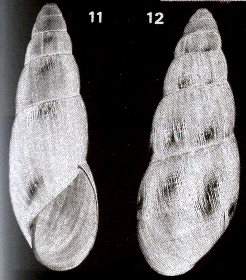
Fig 5-28a Clavator eximius
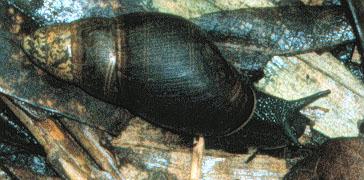
Fig 5-28b Clavator eximius
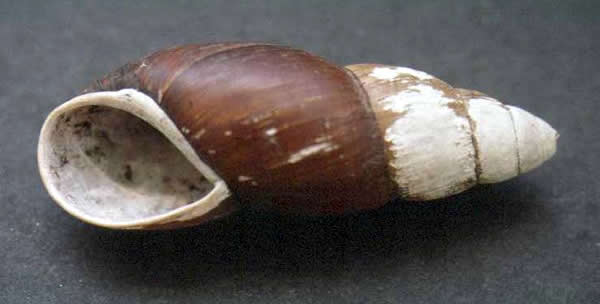
Fig 5-28c Clavator eximius shell
The Helicophanta also with 11 species is the most conspicuous genus seen. The shells are large, depressed or bulimoid, and abundant. The depressed species have a protoconch which is 1/3 the diameter of the shell. The young emerge from an egg almost the size of a chicken egg. The name is a combination of the Greek “helix” meaning coil and “phantos” meaning visible.
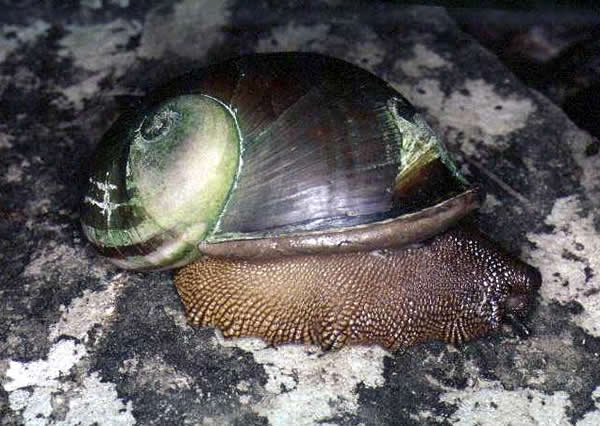
Fig 5-29a Helicophanta have a protoconch more than 1/3 diameter of the shell.
|
SPECIES
|
HGT
|
WIDTH
|
UMB
|
BANDS(type)
|
ANIMAL
|
WHL
|
|
gargantua
|
79
|
91
|
imp
|
none
|
?
|
4.5
|
|
ibaraoensis
|
50
|
77
|
imp
|
many;5 dkr
|
dark
|
4.5
|
|
souverbiana souverbiana
|
45
|
70-80
|
imp
|
4-5 wide
|
?
|
4
|
|
bicingulata
|
35
|
76
|
perf
|
many;2 dkr
|
dark
|
4
|
|
souverbiana sp "2"
|
57
|
78
|
rimate
|
2 wide
|
yel-brn
|
4
|
|
souverbiana audiberti
|
43
|
77
|
rimate
|
1 wide
|
yel-brn
|
4
|
Fig 5-29b Helicophanta summary table
Helicophanta bicingulata (Smith, 1882)
Size: Height 35 and width 76 mm.
Description: Shell is depressed with a reflected lip. Shell with multiple narrow
spiral bands above and below the periphery. Shell has a darker narrow band on
periphery and another darker one above periphery (these may be ridged).
Whorls: 4
Animal:
Distribution: Found at RNP.
Observations: In dense humid forest of middle altitude to 1000 meters.
Etymology: “bicingulata” means two banded.
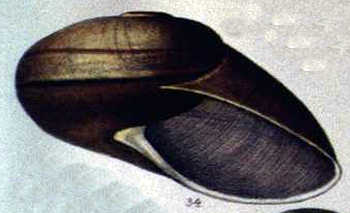
Fig 5-30a Helicophanta bicingulata
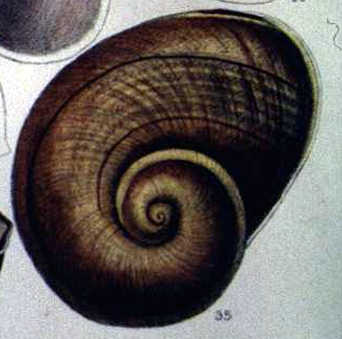
Fig 5-30b Helicophanta bicingulata shell
Helicophanta farafanga (Adams, 1875)
Size: Height 92 and width 70 mm.
Description: Shell is large bulimiform with several wide spiral bands.
Whorls: 4
Animal: Light colored with the mantle edge near the shell with black radial
stripes.
Distribution: Southeastern Madagascar; found at RNP.
Observations: The shell has been called “A magnificent species” The shell is
more attractive in the wet spring when the shell is more pearly than in the
summer when it is dry.
Etymology: Named for the type locality at Farafanga River south of RNP on the
coast.
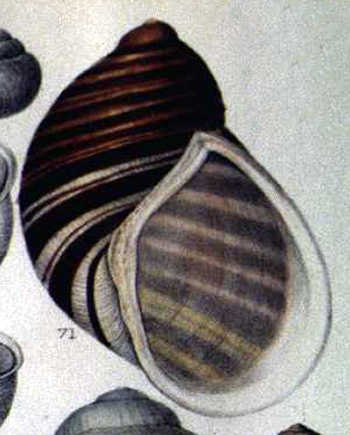
Fig 5-31a Helicophanta farafanga
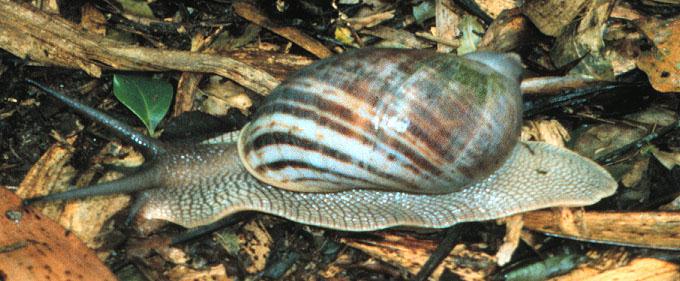
Fig 5-31b Helicophanta farafanga
Size: Height 79.3 and width 90.9 mm.
Description: Shell is depressed with a slightly reflected thick lip. The unicolor
shell has strong growth lines.
Whorls: 4.5
Animal:
Distribution: Near Andringitra Reserve. Not reported from RNP.
Observations:
Etymology: Named for Rabelais’ fictional giant, Gargantua, because of the very
large shell size.
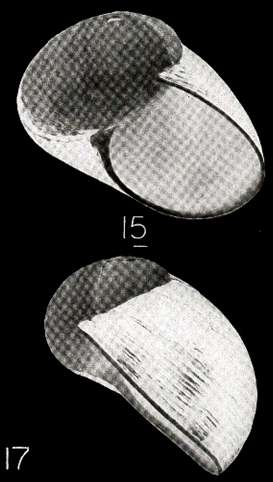
Fig 5-32a Helicophanta gigantua
Helicophanta ibaraoensis (Angas, 1879)
Size: Height 50 and width 77 mm.
Description: Shell is large depressed with a reflected lip and imperforate.
Whorls have many narrow spiral bands with five of the bands above the periphery
darker.
Whorls: 4 ˝.
Animal: A uniform dark, almost black color.
Distribution: Found at RNP.
Observations: Mainly in humid evergreen forests from low to middle altitudes.
The copulation of Helicophanta ibaraoensis is rarely seem. The observation
of George Williams is presented in Question 137.
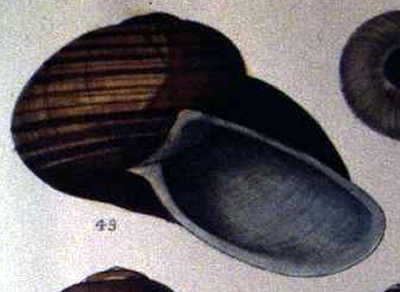
Fig 5-33a Helicophanta ibaroensis
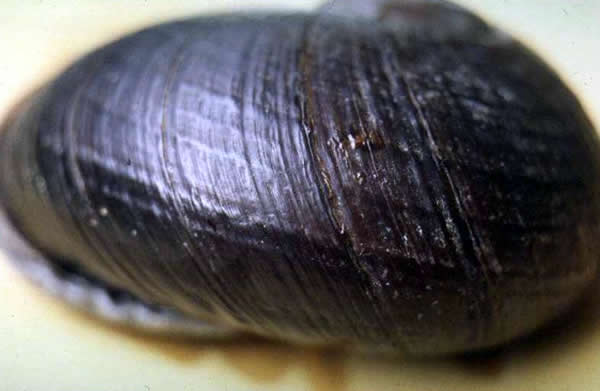
Fig 5-33b Helicophanta ibaroensis shell
Helicophanta souverbiana var. audiberti (Mousson, 1882)
Size: Height 43 and width 77 mm.
Description: A large depressed shell with a reflected lip and rimate umbilicus.The
whorls have a single wide spiral band on the periphery. The single dark band
is often edged by white bands where the periostracum has peeled off.
Whorls: 4 very rapidly increasing in size.
Animal: Yellow-brown.
Distribution: Found at RNP.
Observations: The thick periostracum will dry and peel exposing a white band
on either side of the peripheral band.
Etymology: Probably named for a person.
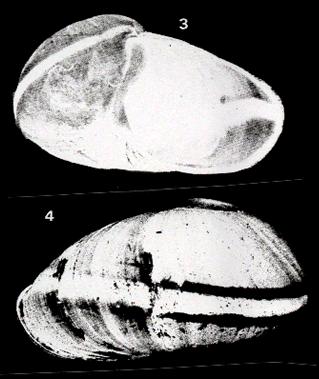
Fig 5-34a Helicophanta souverbiana audiberti
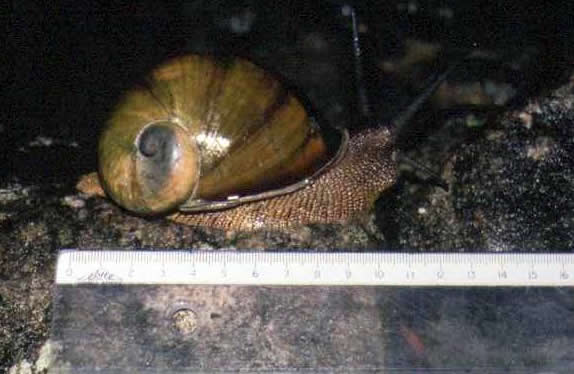
Fig 5-34b Helicophanta souverbiana audiberti
Helicophanta souverbiana var. souverbiana (Fischer, 1860)
Size: Height 45 and width 70 to 80 mm.
Description: Shell is depressed with a reflected lip and imperforate. The whorls
have 4 or 5 wide spiral bands.
Whorls: 4.
Animal:
Distribution:
Observations: I did not see it in park.
Etymology: Named for S. M. Souverbie (1815-1891).
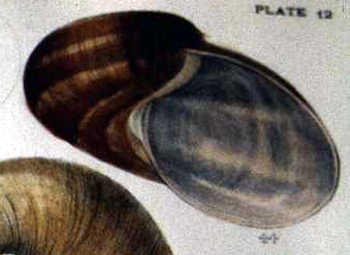
Fig 5-35a Helicophanta souverbiana souverbiana
Helicophanta souverbiana var. "2"
Size: Height 57 and width 78 mm.
Description: Shell depressed with reflected lip and perforate. Whorl has two
wide spiral bands. The peripheral band is darker and wider than the one below
the periphery.
Whorls:
Animal: Yellow-brown.
Distribution: Found at RNP.
Observations:
Etymology:
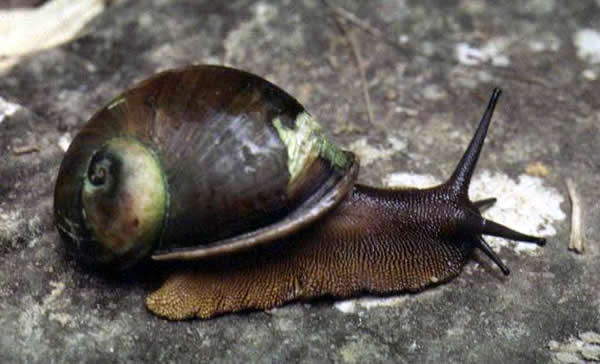
Fig 5-36a Helicophanta souverbiana "2" animal
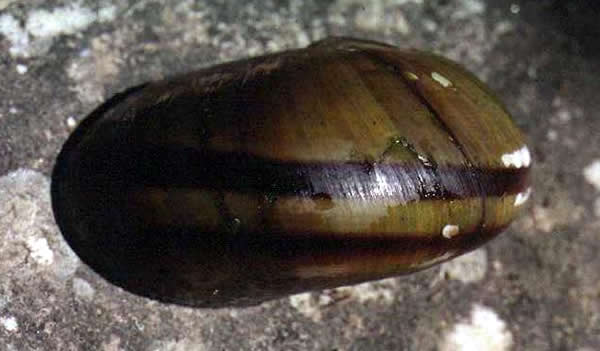
Fig 5- 36b Helicophanta souverbiana "2" shell
The genus Leucotaenius was recently (1985) transferred from the family Achatinidae to the Acividae based on an anatomical study. There are seven species with only one found at Ranomafana. The name is from the Greek “leukos” which means white and “tainia” which means band.
Leucotaenius favannii (Lamarck, 1822)
Size: Height 60 and width 32.8 mm.
Description: Shell is bulimoid with a straight lip and perforate. Whorl has
spiral color bands.
Whorls: 7
Animal:
Distribution:
Observations: Mainly in the thick dry southern and tropophiles forests of the
west or it especially likes to dig in sandy soil in the coastal dunes. It buries
itself in the dirt and becomes active after a heavy rain.
Etymology: Named for M. Favanne, a French conchologist.
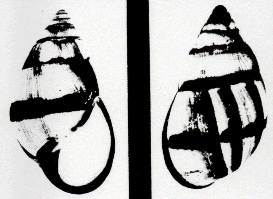
Fig 5-37a Leucotaenius favannii
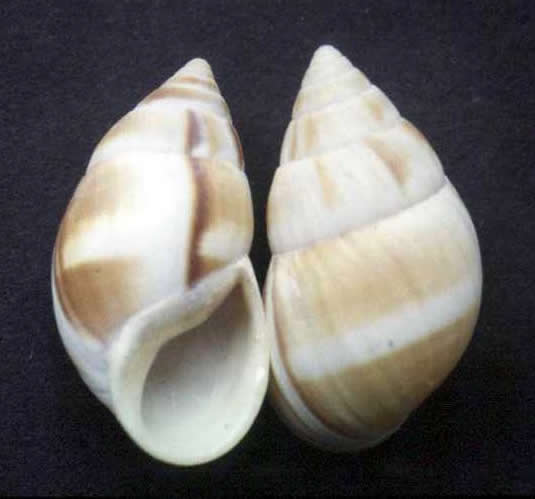
Fig 5-37b Leucotaenius favannii
This carnivorous family is found in New Zealand, Australia, the islands of the western Pacific, Indonesia, the Seychelles and South Africa. The shells are mainly yellow to dark honey to black with very little calcareous material, mainly conchin. The family is represented in Madagascar by one species.
"Rhytida" covani (Smith, 1879)
Size: Height 16 and width 36 mm.
Description: Shell is unicolor depressed with a straight lip, not wide umbilicate,
and without color bands.
Whorls: 5 to 5˝.
Animal:
Distribution: In humid evergreen forests of middle altitude and the humid or
sclerophylle forest of mountains to 2100 meters. Found at RNP.
Observations: This species has been tentatively placed in the genus Rhytida.
It was included with the genus Ampelita but is different from that genus
by its straight lip and narrow umbilicus.
Etymology: Probably named for a person.

Fig 5-38a "Rhytida" covani
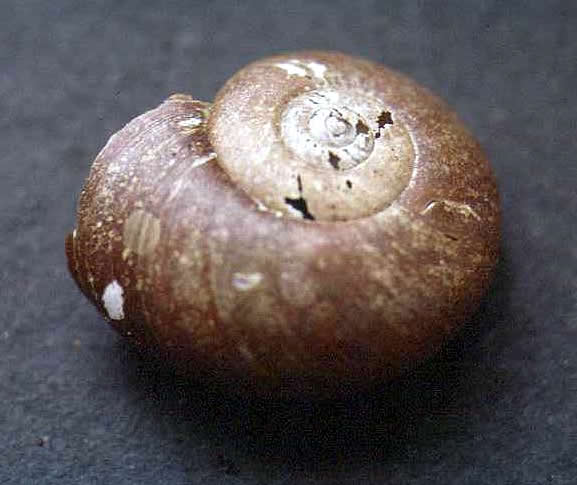
Fig 5-38b "Rhytida" covani top view
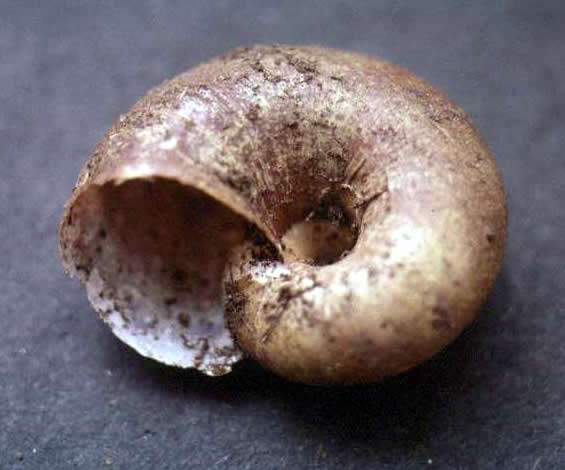
Fig 5- 38c "Rhytida" covani bottom view
This tropical family is widespread and has a medium to large shell which is usually narrowly umbilicate or perforate.
Kalidos with 71 species is endemic. It has a medium to large depressed to helicoid perforate shell with a straight lip. It also often has an angled periphery outline.
Kalidos balstoni (Angas, 1877)
Size: Height 14.5 and width 29 mm.
Description: Shell is depressed with a straight lip and perforate. Whorl has
asingle or no spiral band.
Whorls: 6 with the last sharply keeled or round and with weak or no growth lines.
Animal:
Distribution:
Observations: In dense eastern humid forest from coastal top 2100 meters. Sclerophylle
mountain forests and thick brush.Etymology: Prabably named for a person.
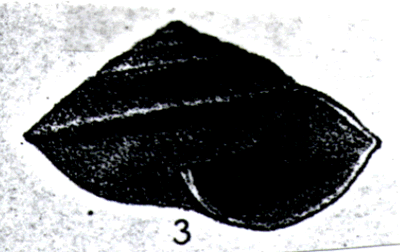
Fig 5-39a Kalidos balstoni with angular periphery
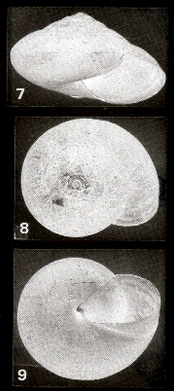
Fig 5-39b Kalidos balstoni with round periphery
Kalidos cleamesi (Smith, 1882)
Size: Height 17 and width 26 mm.
Description: Shell depressed with a straight lip. Whorl with a single spiral
band.
Whorls: 6 with strong growth lines.
Animal:
Distribution:
Observations: In dense humid forests of low elevations.
Etymology: Probably named for a person.
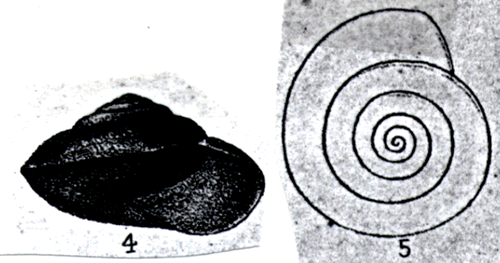
Fig 5-40a Kalidos cleamesi
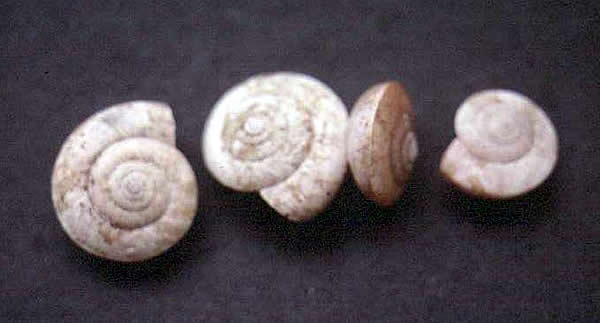
Fig 5-40b Kalidos cleamesi
Kalidos ekongensis (Angas, 1877)
Size: Height 12 and width 22 mm.
Description: Shell depressed with straight lip and imperforate. Body whorl has
two spiral bands. The periphery outline is round and the shell is perforate.
Whorls: 6
Animal:
Distribution: East and northwest Madagascar.
Observations:
Etymology: Named for the type locality of Ekongo.
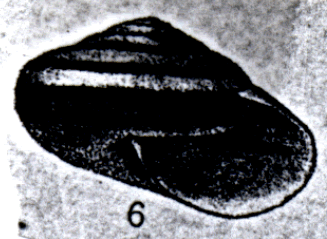
Fig 5-41a Kalidos ekongensis
Kalidos hova (Odhner, 1919)
Size: Height 15 and width 25 mm.
Description: Shell is depressed with a straight lip and perforate. Whorl has
asingle spiral band and is perforate.
Whorls: 6
Animal:
Distribution:
Observations: In dry forest in gravel or lime soil.
Etymology:
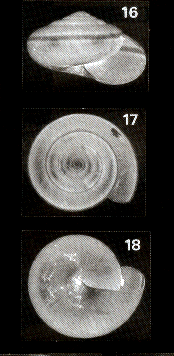
Fig 5-42a Kalidos hova
The genus Macrochlamys has one medium size depressed species which is also present in the Comores
Macrochlamys stumpfii Boettger, 1889
Size: Height 7 and width 11.5 mm.
Description: Shell is depressed with a straight lip and perforate.
Whorls: 5
Animal: Dark foot.
Distribution: Widespread in dry forest on lime soil to the dense ombrophile
forest of low to middle altitude. Found at RNP.
Observations:
Etymology: Probably named for a person.
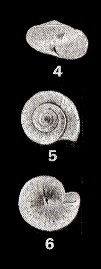
Fig 5-43a Macrochlamys stumpfii
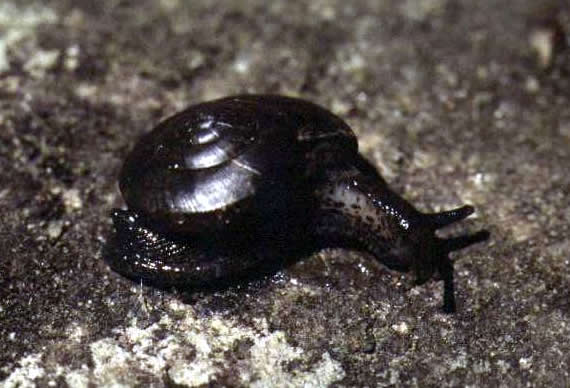
Fig 5-43b Macrochlamys stumpfii live
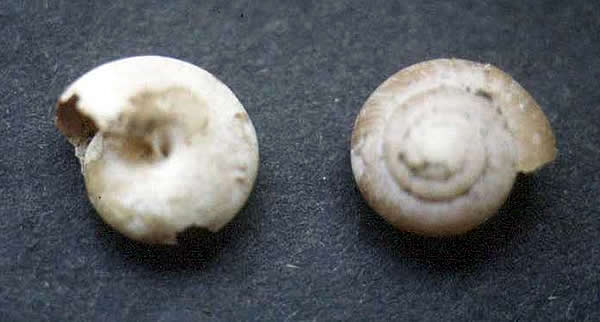
Fig 5- 43c Macrochlamys stumpfii shell
Bradybaenidae is a family with many species in southeast Asia and the Philippines. The only species in Madagascar is Bradybaena similaris which has been introduced throughout the tropics. It is referred to as a “tropical tramp”. It is frequently transported in the soil adhering to coffee plants.
Bradybaena similaris (Ferussac, 1821)
Size: Height 10 to 12 and width 14 to 18 mm.
Description: Shell is helicoid with a thickened lip and perforate. Whorl may
or may not have a single spiral peripheral band.
Whorls: 5
Animal: Light brown body with a darker stripe from the base of each eye tentacle
halfway to the shell edge.
Distribution: Widespread introduced species.
Observations: Very common near present or former human habitation.
Etymology: similar

Fig 5-44a Bradybaena similaris striped

Fig 5-44b Bradybaena similaris no stripe
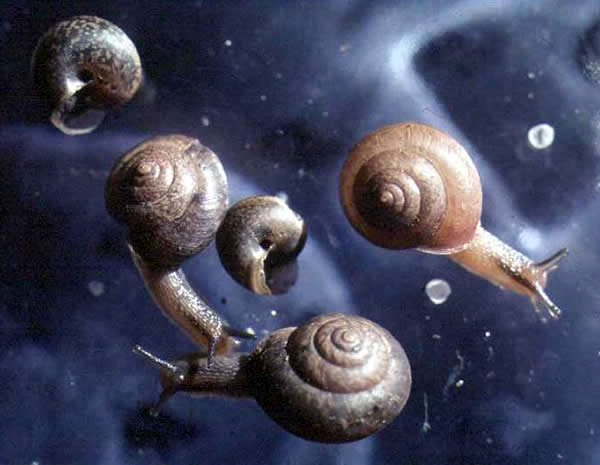
Fig 5-44c Bradybaena similaris
The slugs are difficult for me to identify to species. They are keyed to family with a family description.
This family of carnivorous slugs live in South Africa but presently are not found in Madagascar.
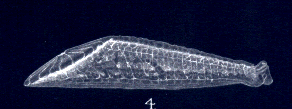
Fig 5-45a Chlamydephoridae slug
The urocyclid slugs have a hunch-backed appearance with a tail that is hook-shaped. The family is found in Eastern and Southern Africa. In Madagascar there are six species of the genus Urocyclus.
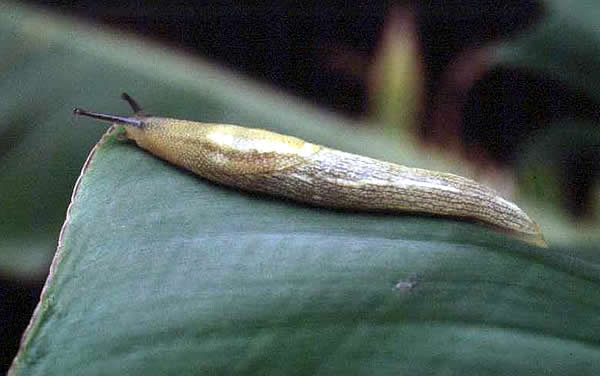
Fig 5-46a Urocyclidae slug
This family of herbivorous slugs live in tropical and subtropical America, Asia, and Africa. There are 9 species of the genus Vagulina in Madagascar.
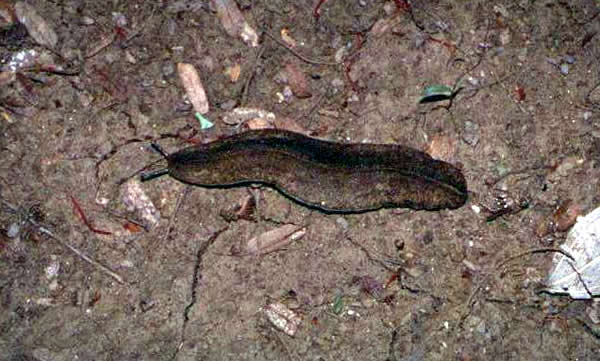
Fig 5-47a Veronicellidae slug